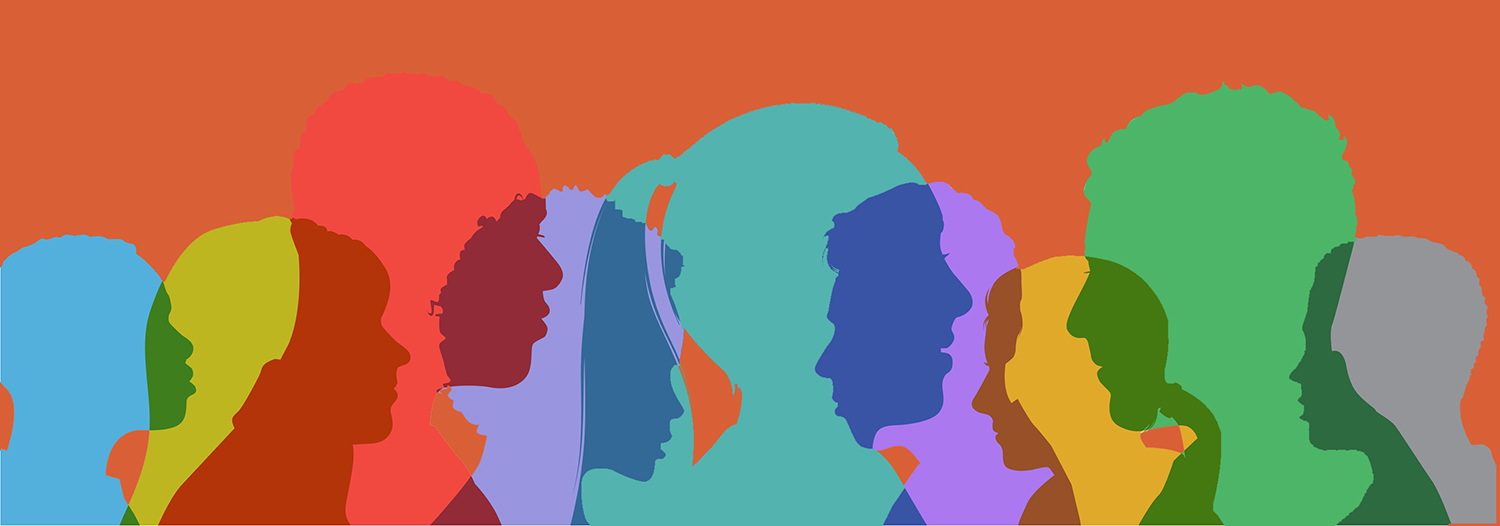Diversity, Equity and Inclusion—Opportunities for African Americans in the Aerospace Workforce Pipeline
ASCEND’s mission of aligning the global community around the exploration and development of outer space and incorporating the tenets of diversity, equity, and inclusion calls for supporting and retaining new entrants to the workforce, as well as increasing awareness and support of a culture of inclusion. How does the aerospace industry attract a diverse workforce, tapping into the talents of underrepresented workers while developing a community that retains these employees throughout full, productive careers?
Webinar Executive Summary
The first installment of the ASCENDxWebinar on Diversity, Equity, and Inclusion in the Aerospace Community and Workforce was an interactive panel discussion on institutional transformations that address challenges and provide opportunities for African Americans within the aerospace workforce pipeline. Convened on 15 July, 2020, it was developed in partnership with the Aerospace Special Interest Group of the National Society of Black Engineers and features opening remarks from Jandria Alexander, Chair of the AIAA Diversity and Inclusion Working Group.
Here are five key takeaways from their conversation:
- Effective outreach into underrepresented communities starts early. Connecting with students as young as K-12 raises their awareness of what’s possible in terms of aerospace futures. NASA offers STEM engagement to immerse students in the agency’s work, and the University of Michigan’s precollege engineering program teams students from the Detroit area with undergraduate and graduate engineering students. The older students offer an introduction into engineering disciplines and serve as role models.
- It is vital to meet each individual where they are. Outreach efforts allow organizations to touch communities and have an impact. By going into schools, and even using popular culture resources like the Black Panther and Hidden Figures films, organizations can help African American students see themselves as scientists and engineers. The availability of universities’ financial aid, like the University of Michigan’s fully funded Ph.D. program, and introduction of exemplars from industry and government to offer insight and advice to students, encourage nascent engineers to stay the course.
- Beyond outreach, a real challenge is retaining qualified employees for the long term. Retaining a diverse workforce for a 30-40-year career rests on educating the organization’s community about the importance of diversity and supporting employees at all stages throughout their careers. Strong mentors help to build a community within an organization, and management investment in employees in their early careers gives them a path forward so that they will be set up for success at mid-career. Developmental programs to encourage lifelong learning can teach employees new, valuable skills to broaden their focus and give them an opportunity to grow.
- Investing in diversity benefits organizations as well as their employees. The panelists agreed that the ultimate goal is to create top employees, whether they go into industry, government, or academia. Attracting and retaining employees from historically underrepresented groups creates diversity at every level of the organization. To these employees, NASA’s Dexter Johnson advises that one person can make a difference, and encourages them to take ownership of their opportunities by his motto of “seek, seize, and squeeze”: seeking wisdom through building relationships and engaging people, seizing opportunities, and squeezing every bit out of the opportunity, always looking for ways to improve themselves.
- Partnerships between organizations help to solve substantial problems beyond the ability of a single institution. The University of Michigan and NASA each work with historically Black colleges and universities for fellowship and joint degree programs. Lockheed Martin supports youth with mentors through the NSBE Jr. and summer engagement programs. Just as a complex question like aerospace development is best solved with input from a diverse group of people, organizations working together can increase the flow of underrepresented people into the aerospace workforce.
Panelists:
- Enanga Daisy Fale– Director, Aerospace Special Interest Group of the National Society of Black Engineers (moderator)
- Alec Gallimore– Robert J. Vlasic Dean of Engineering, University of Michigan Ann Arbor
- Dexter Johnson– Technical Fellow for Loads and Dynamics, NASA
- Scott Trapp– Corporate Director of Diversity Outreach, Lockheed Martin Corporation
Next Up
The ASCENDxSeries features dynamic webinars, co-labs, and other interactive virtual events. View recordings and participate in the upcoming Summit.



